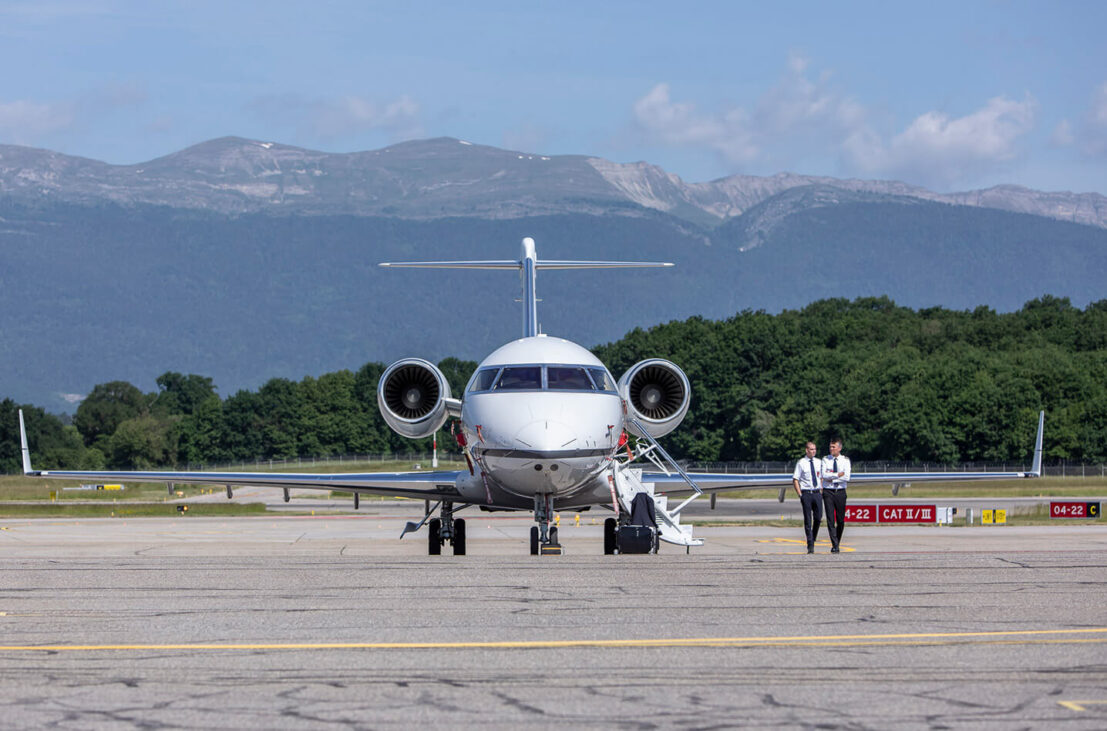
April 15, 2024
Despite continuing philosophical differences between the FAA and EASA about what meets International Civil Aviation Organization (ICAO) standards for minimum equipment lists (MEL), both agencies offered new details that clarified operator expectations surrounding this issue during a recent panel discussion at the NBAA International Operators Conference (IOC) in Orlando, FL.
MELs are defined as the list of equipment that may be inoperative, yet still allow an aircraft to operate safely per FAA regulations. MELs list requirements for operators who wish to fly with specific inoperable equipment. The FAA views the D095 Letter of Authorization (LOA) as compliant with ICAO rules, however the agency has also created a pathway to compliance that is less burdensome to operators.
The FAA said it has approved more than 11,000 U.S. operators through its D095 and D195 LOAs. For the 7,000 operators that only need to meet FAA requirements, the D095 remains and easy pathway to MEL authorization. However, U.S. operators that fly to Europe now have a less burdensome pathway to demonstrate compliance with EASA’s expectations compared to the period before the FAA released an amended advisory circular AC 91-67A last October.
EASA-FAA Disagreements Remain
At IOC, FAA Manager of Authorized and Certificated Operations Matt Porter and EASA Representative to the U.S. Ludovic Aron, talked about the issue. Aron acknowledged disagreements remain about what is and is not ICAO compliant, underscoring the need for further harmonization between the two organizations.
According to EASA, the use of a master minimum equipment list (MMEL) as authorized by the FAA by means of LOA D095, as per AC 91-67A, does not sufficiently customize the MMEL for the aircraft in question. The MEL must be tailored to the systems and configuration of the individual aircraft, EASA said. AC 91-67A also does not consider a number of individual variables such as the kind of operations conducted, special approvals, operating environment, route structure nand more, which may require additional equipment considered at the MEL level, according to EASA. As a result, the agency said use of D095 is not deemed by EASA as ICAO compliant.
Audience members asked why the two standards are different.
“Over the years, we’ve seen a change in the level of standards at ICAO, versus the level of requirements at the FAA,” said NBAA Director, Flight Operations and Regulations Brian Koester, CAM. “Historically, when some of these standards come into place, FAA standards or requirements exceeded ICAO standards. Now, that’s not always the case. ICAO does not have to conduct a cost/benefit analysis. They can pass standards no matter how much they’re going to cost operators. At the FAA, they have to conduct a cost/benefit analysis. So, at times, it’s beneficial to have those differences in place.”
Amended Advisory Circular
With AC 91-67A – which amended previous advisory circular AC 91-67 — the FAA has updated its D095 application process for Part 91 operators. According to the FAA, if the operator submits a signed statement that their procedures document conforms to the content described in Advisory Circular 91-67A, then the FAA is not required to review the operator’s procedures document. An exception exists if the operator has had a previous LOA D095 canceled, rescinded or revoked.
Similarly, if an operator submits a signed statement that their operator-developed D195 MEL conforms to the content described in AC 91-67A, then – since the AC lays out acceptable means of compliance – the FAA can conduct an expedited review of the MEL content because those documents adhere to the advisory circular, according to the agency.
Not only is this procedure less burdensome and disruptive for the industry, but FAA said the updated application process allows more than 7,000 Part 91 operators that never fly outside the U.S. to continue to use D095. For operators applying for a D195 LOA, the FAA has updated guidance to its field offices that will permit issuance after a brief review, provided the application is accompanied by an “attestation letter.”
The agency said both D095 and D195 applications meet ICAO requirements as well as meet the needs of both domestic and international operators and the updated procedure also complies with U.S. international obligations.
Issue Dates Back to 2017
The updates are the latest developments in a chain of events going back to 2017, when unregistered U.S. operators traveling to Europe using D095 LOA authorizations began experiencing findings during Safety Assessment of Foreign Aircraft (SAFA) program ramp inspections. European regulators said they did not view D095 as compliant with ICAO requirements, which, traditionally, EASA regulations closely align with.
Later that year, FAA pulled their guidance to operators, expecting to review it, revise it and ensure that U.S. operators have a pathway to meet ICAO standards, leading to the amended AC.


 International Business Aviation Council Ltd.
International Business Aviation Council Ltd.